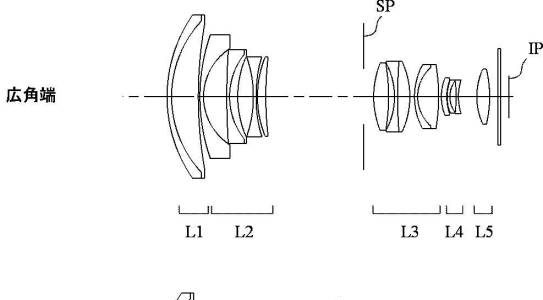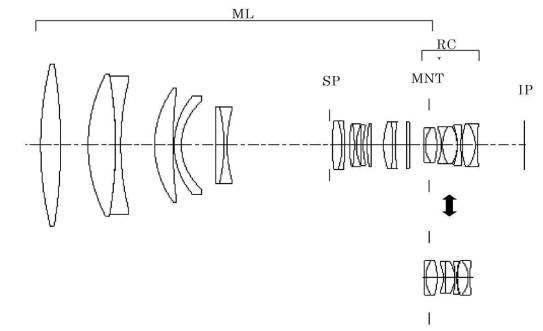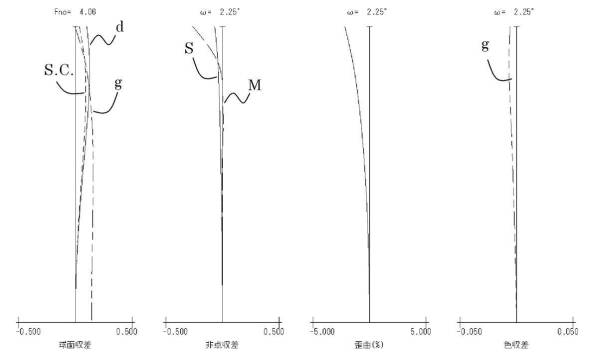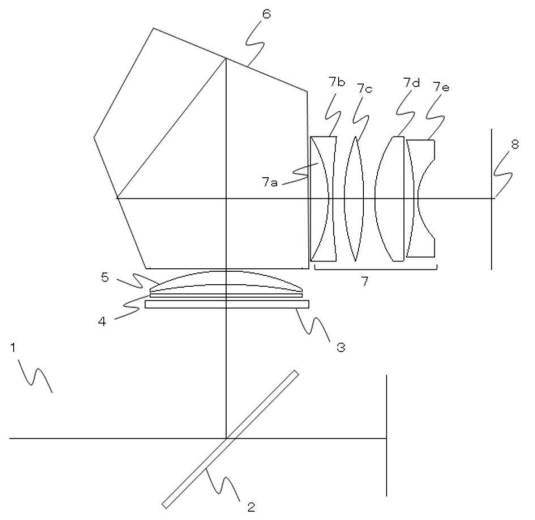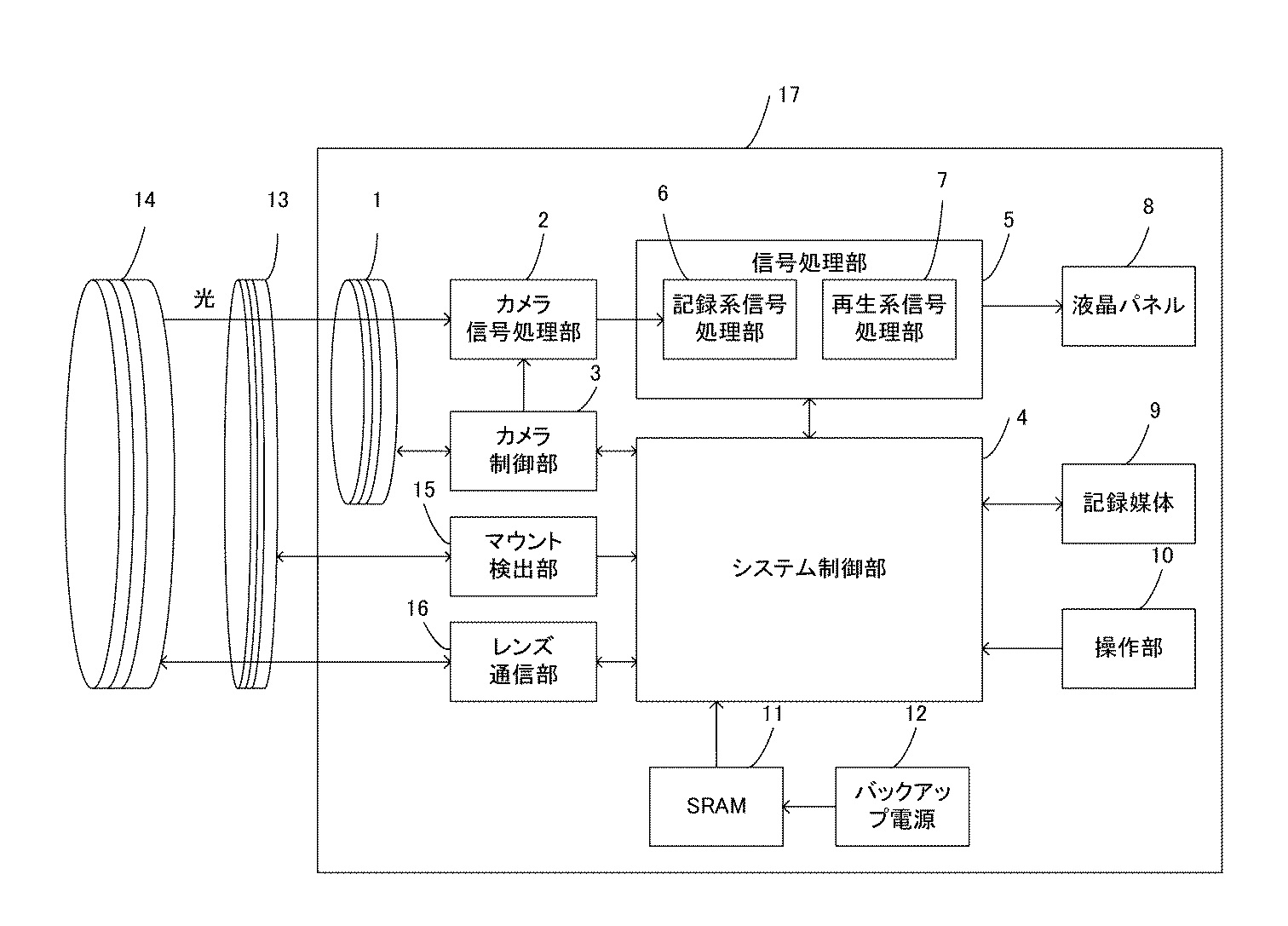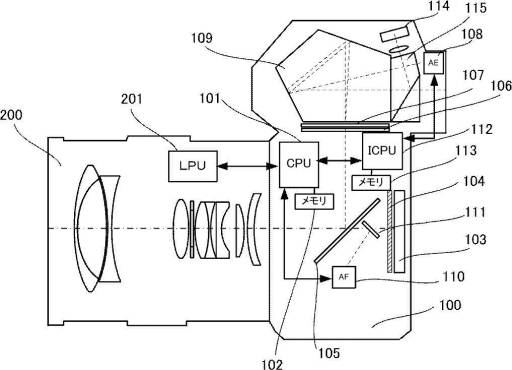Canon patent for curved sensor design (to suppress vignetting)
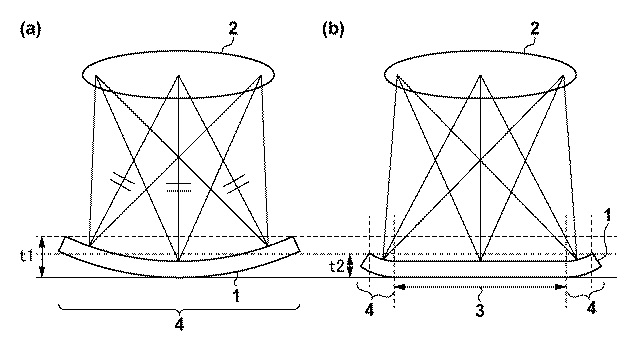
Canon’s labs working on a curved sensor design? At least a new patent suggests it.
The patent refers to a curved sensor design with should suppress vignetting artefacts to a large degree.
- Patent publication number 2016 – 197663
- Release date 2016.11.24
- Application date 2015.4.3
- Canon patent
- Make the central part flat in shape where light falloff is not noticeable
- The surrounding portion where the drop in light quantity is conspicuous is defined as a curved shape

Excerpt from the patent literature:
[Claim(s)] [Claim 1] It has an imaging surface which carries out light reception of the light from an object imaged with a lens,An image sensor, wherein the aforementioned imaging surface has a flat shape part and a curved shape section.
[Claim 2] The image sensor according to claim 1 having made a central part of the aforementioned imaging surface into a flat shape part, and making a periphery of the aforementioned imaging surface into the aforementioned curved shape section.
[Claim 3] The image sensor according to claim 2, wherein a position of a boundary between said flat shape part and the aforementioned curved shape section is set as the same distance to one reference point on the aforementioned imaging surface.
[Claim 4] The image sensor according to claim 3, wherein the aforementioned imaging surface has a picture element region where a unit pixel is arranged at matrix form.
[Claim 5] The image sensor according to claim 4 which is provided with the following and characterized by the aforementioned valid pixel area comprising said flat shape part and an aforementioned curved shape section.
A valid pixel area which outputs a signal [ picture element region / aforementioned ] according to light income.
A black reference picture element region which outputs a black reference signal. [Claim 6] The image sensor according to claim 5, wherein the aforementioned reference point is placed at the center of the aforementioned valid pixel area.
[Claim 7] The aforementioned black reference picture element region adjoins the aforementioned valid pixel area, and is arranged, and, in the aforementioned black reference picture element region, the part or whole serves as a curved shape section, The image sensor according to claim 5 or 6, wherein curvature of a curved shape section of the aforementioned black reference picture element region differs from curvature of a curved shape section of the aforementioned valid pixel area.
[Claim 8] The image sensor according to claim 7, wherein curvature of a curved shape section of the aforementioned black reference picture element region is smaller than curvature of a curved shape section of the aforementioned valid pixel area.
[Claim 9] An image sensor of a description in any 1 item of Claims 5-8, wherein the aforementioned black reference picture element region comprises a shaded unit pixel provided with a photoelectric conversion part.
[Claim 10] An image sensor of a description in any 1 item of Claims 5-8, wherein the aforementioned black reference picture element region comprises a unit pixel without a photoelectric conversion part.
[Claim 11] An image sensor of a description in any 1 item of Claims 1-10,
The aforementioned lens,
An imaging device characterized by preparation ******.
[Claim 12] The imaging device according to claim 11, wherein the aforementioned reference point is placed on an optic axis of the aforementioned lens. [via Egami]

